Event-based vision comes to Raspberry Pi 5 with the Prophesee GenX320 Starter Kit
If you’ve ever wished your Raspberry Pi projects could see faster, smarter, and with far less power, we’ve found something you might like. Event-based vision systems specialists Prophesee have launched the GenX320 Starter Kit for Raspberry Pi 5, bringing their neuromorphic (inspired by the structure and function of the human brain) sensing technology to the Raspberry Pi developer community for the first time.
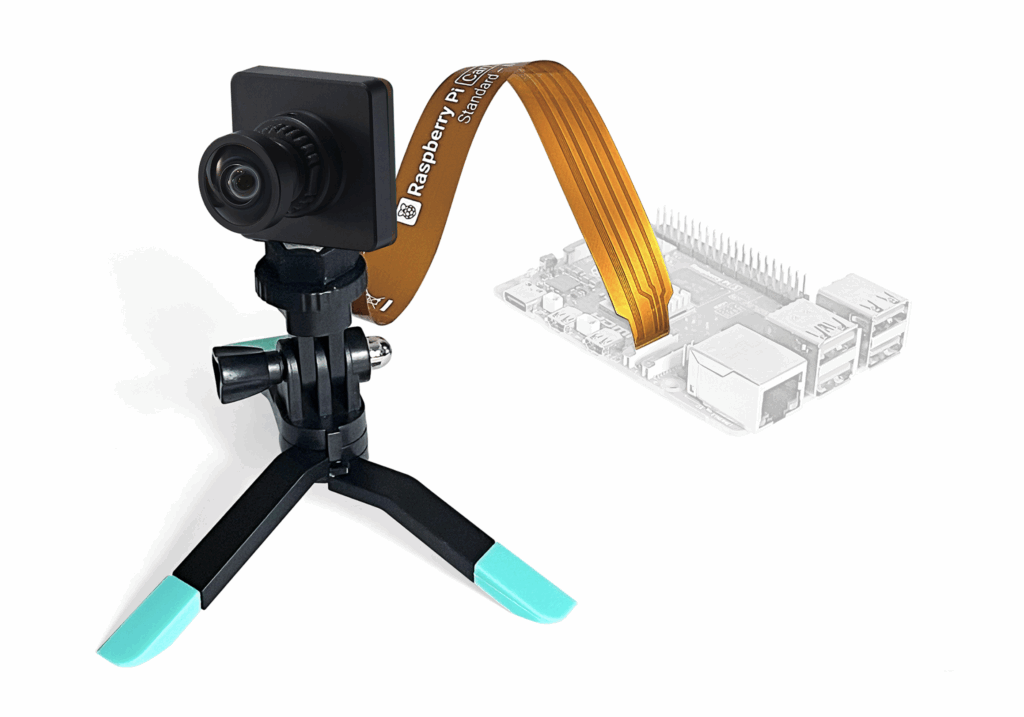
Unlike traditional cameras that capture full frames at fixed intervals, event-based sensors continuously detect changes in brightness, known as ‘events’, with each pixel activating independently and asynchronously. This makes sensors much faster (we’re talking response times of microseconds), more energy-efficient, and capable of operating with much less data and processing power than traditional sensors.
This neuromorphic approach enables vision applications to operate in a similar fashion to how humans capture and process visual information. As with the human eye, event-based vision processes information when it detects a change in the scene — an event. If nothing changes, the sensor doesn’t report anything. This allows both humans and event-based sensors to collect all the information they need without wasting time and energy reprocessing images of the unchanging parts of the scene.
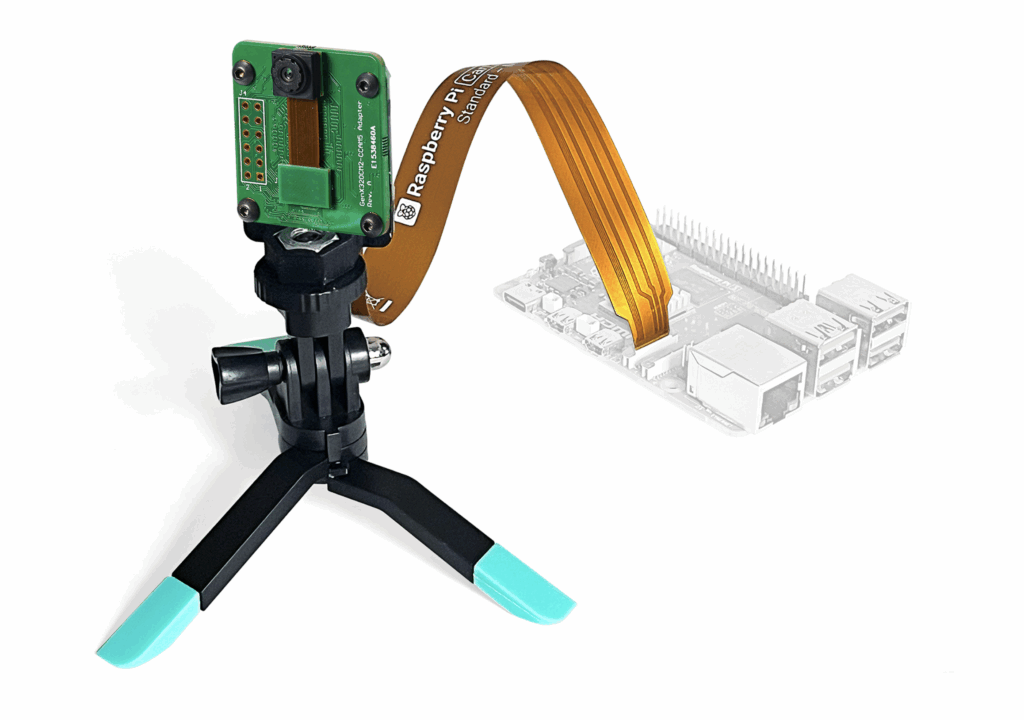
This results in highly efficient real-time vision that’s perfect for machines in industrial automation, robotics, security, and other edge applications where every millisecond counts.
The kit
The GenX320 Starter Kit is built around the Prophesee GenX320 sensor, the smallest and most power-efficient event-based vision sensor available, with a resolution of 320×320, a dynamic range of >140 dB, and an event rate equivalent to ~10,000 FPS. The sensor’s power draw is <50 mW.
The kit comprises the Prophesee GenX320 sensor and a compact, mounted event-based camera module with a MIPI CSI-2 interface that connects directly to Raspberry Pi 5 (board sold separately). Each kit ships with a mini tripod, so there’s no need to fashion your own supports — just screw the kit directly onto the mount and get started.
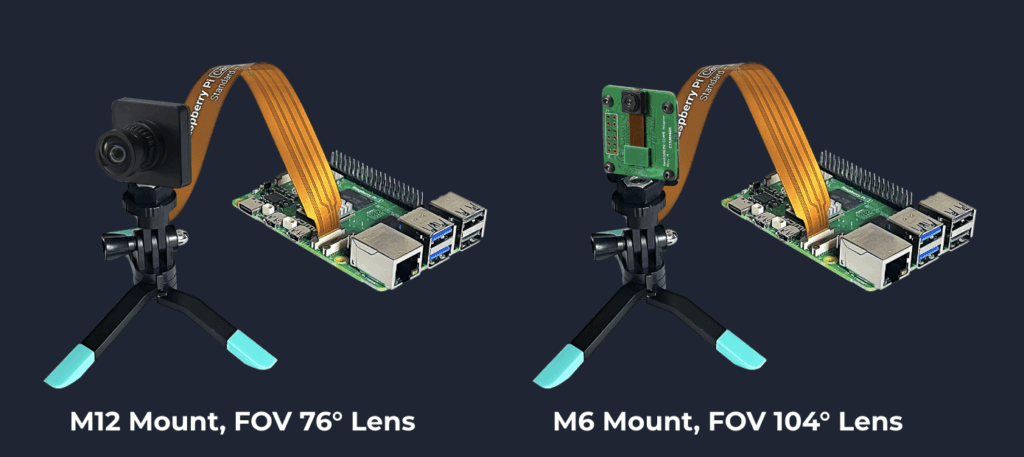
Choose between two variants:
- M12 mount, FOV 76° lens
- M6 mount, FOV 104° lens
Developer resources
Prophesee has made dedicated drivers, as well as data recording, replay, and visualisation tools, available to developers on GitHub.
Users will also have access to the Prophesee Knowledge Center, where they can find user guides, FAQs, and a download repository. There’s also a community forum to share ideas.
What you can build
Prophesee’s event-based vision is a natural fit for projects where frame-based cameras may struggle — things like tracking a drone’s flight, classifying and avoiding obstacles in robotics, or detecting falls and intrusions with safety cameras. It also has applications in industrial IoT, where ultra-fast frame rate processing can help detect defects on production lines before they become costly.
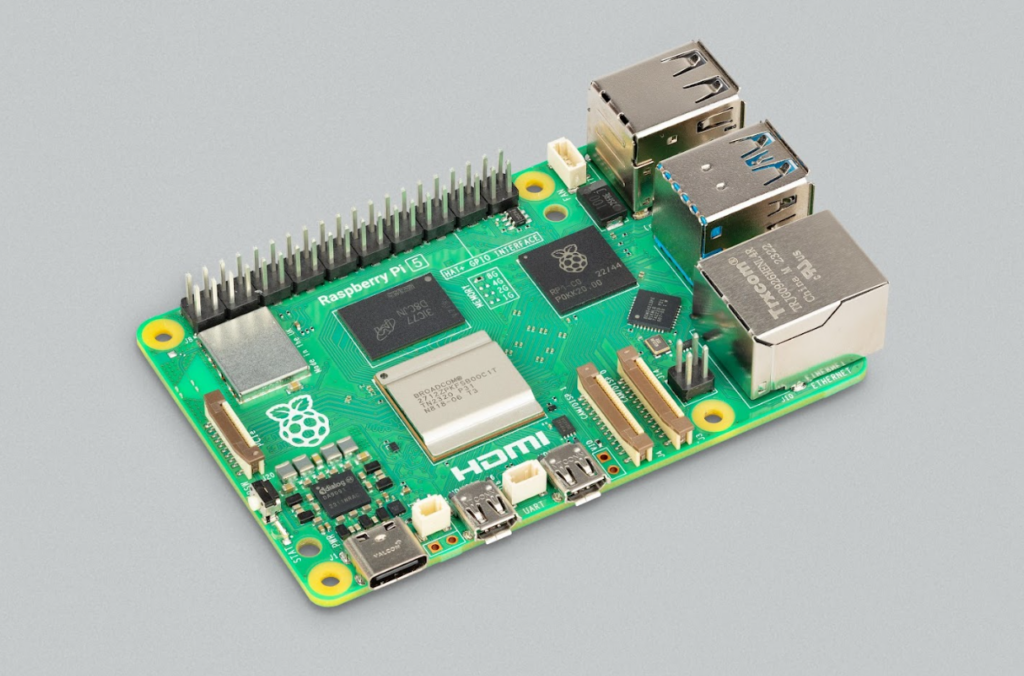
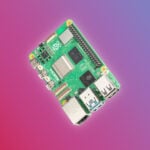

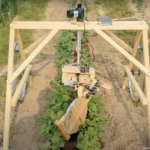


10 comments
Jump to the comment form
zhang
Really good ! That’s my need for high speed getting image ,and check event.
Helen McCall
This looks like a really useful tool for a vast amount of applications. When I see state-of-the-art technologies like this being made specifically for Raspberry Pi, it makes me confident that my choosing to use only Raspberry Pis means I have chosen the coming future in computing.
Gordon77
Looks interesting.
A pity there is no price shown…
Bobby Bacala
Runs about $300 USD
mike troiano
the cost is about 400 dollars per camera
James Puah
Where can I buy the kit ?
mike troiano
http://www.1stvision.com
Tom Gidden
“Keep absolutely still. Its vision is based on movement” — Jurassic Park
Raspberry Pi Staff Helen Lynn
I’ve been referring to this as “the velociraptor vision thing”.
Pen
I’ve been wondering when someone would create a camera made of a thousand tiny fancy motion sensors lol